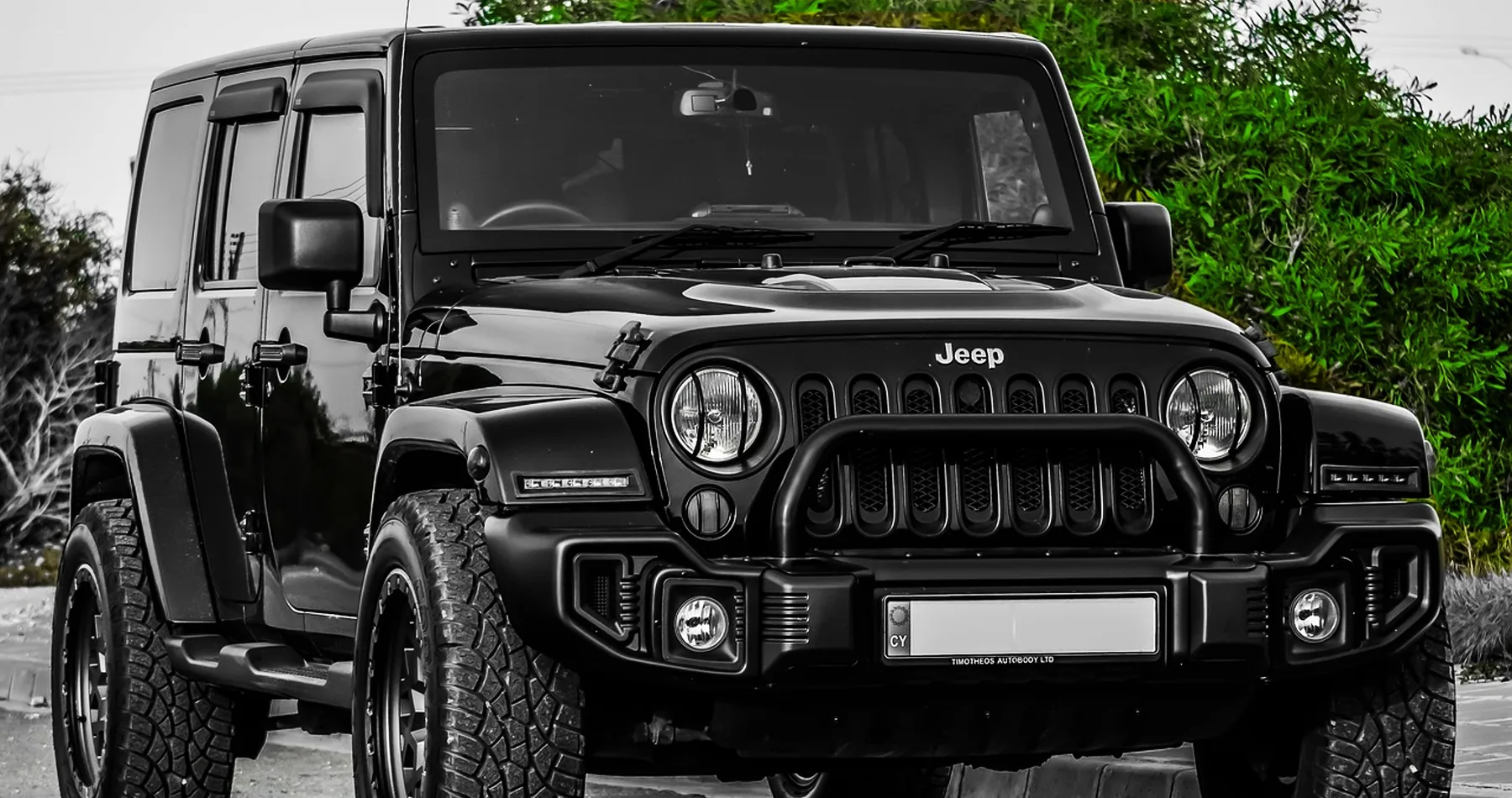From its modest beginnings as capable off-road vehicles, sport utility vehicles (SUVs) have experienced a spectacular metamorphosis to become one of the most popular sectors in the automobile industry. The journey of SUVs’ popularity is multifaceted, encompassing a combination of historical, societal, economic, and technological factors. This narrative delves into the comprehensive evolution of SUVs, tracing their roots, exploring pivotal moments in their development, and dissecting the various influences that led to their widespread adoption.
Origins of SUVs:
SUVs have their roots in the early 20th century when off-road capabilities and usefulness surpassed comfort and luxury. Land Rover Series I and the iconic Willys Jeep are used in harsh environments and by the military. Their robust build and four-wheel-drive capabilities laid the foundation for the nature of SUVs.
How did SUVs become popular?
Here are some factors or reasons that will help to understand how SUVs become popular
Military Roots and Off-Road Prowess:
The original purpose of SUVs was to serve military applications during World War II. These vehicles were built for durability, off-road capability, and versatility, allowing them to navigate challenging terrains. Post-war, surplus military vehicles found their way into civilian hands, sparking interest in off-road enthusiasts and adventurers.
Transition to Consumer Market:
The 1980s marked a significant turning point for SUVs as automakers recognized the potential to tap into the consumer market. The redesign and repurposing of these vehicles for civilian use led to the introduction of models like the Ford Bronco, Chevrolet Blazer, and Jeep Cherokee. The transition from purely to more consumer-friendly designs broadened the appeal of SUVs beyond the off-road community.
Also Read: Alto 800 Transformed into Self-driving Car
Rise of Suburban Culture:
The surge in suburban living during the latter half of the 20th century played a crucial role in the rise of SUVs. Families in suburban areas sought versatile vehicles to accommodate their daily commuting needs and occasional outdoor adventures. The spacious interiors and cargo capacity of SUVs made them an ideal choice for suburban families, aligning with the lifestyle of the time.
Safety and Visibility:
In the 1990s, safety concerns became a paramount consideration for consumers. The elevated driving position of SUVs provided better visibility on the road, addressing safety apprehensions associated with smaller vehicles. The perception of safety and security, coupled with the rugged aesthetic, contributed significantly to the growing popularity of SUVs among consumers.
Marketing and Image Building:
Automakers played a crucial role in shaping the image of SUVs through strategic marketing. Advertisements portrayed SUVs as symbols of adventure, freedom, and an active lifestyle. The rugged terrain showcased in commercials highlighted the off-road capabilities of these vehicles, creating an aspirational image for consumers. The marketing narrative shifted from emphasizing utility to projecting an image of a lifestyle choice.
Also Read: Why auto enthusiast loves Manual transmission and Turbo engine
Evolution of Design and Features:
The evolving demands of consumers led to continuous advancements in the design and features of SUVs. Features such as advanced safety systems, entertainment options, and fuel efficiency further enhanced the appeal of SUVs, making them suitable for a wide range of consumers.
Economic Factors:
Economic conditions also played a pivotal role in the popularity of SUVs. Periods of lower fuel prices for the trade-off in fuel efficiency are less significant for consumers. Additionally, the affordability of SUVs compared to luxury sedans or sports cars made option for a diverse range of buyers, contributing to their widespread adoption.
The SUV Boom:
The late 1990s and early 2000s witnessed the peak of the SUV boom. Automakers flooded the market with SUV models, ranging from compact crossovers to full-size SUVs. This diversity allowed SUVs to permeate various market segments, solidifying their presence on roads globally.
Environmental Concerns and the Rise of Crossovers:
Despite their popularity, SUVs faced criticism for their environmental impact, primarily due to lower fuel efficiency compared to smaller vehicles. The shift towards crossovers reflected a growing awareness of environmental issues among consumers.
Modern SUV Landscape:
SUVs have become an integral automotive market, with models catering to diverse consumer needs. The hybrid and electric SUV market has gained momentum as automakers respond to increasing environmental consciousness.
